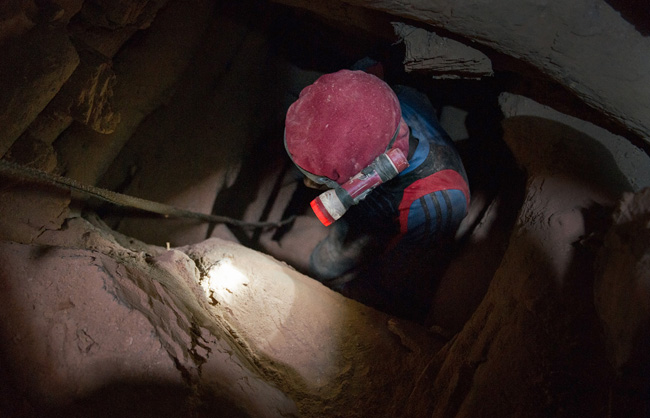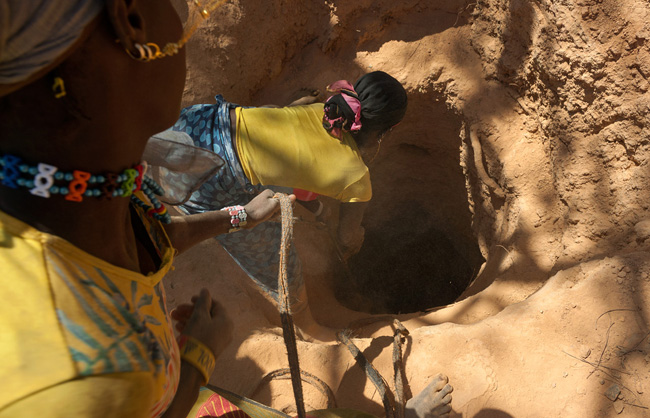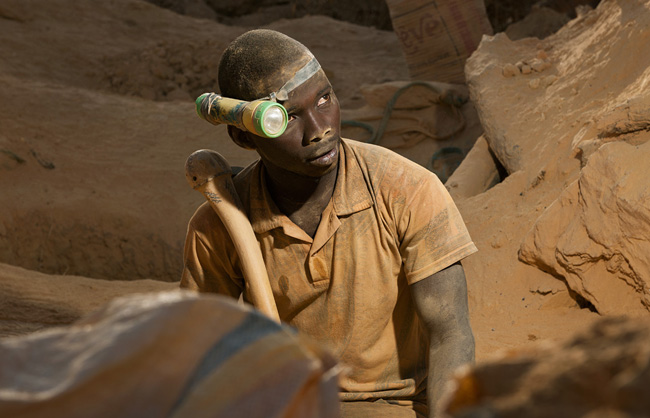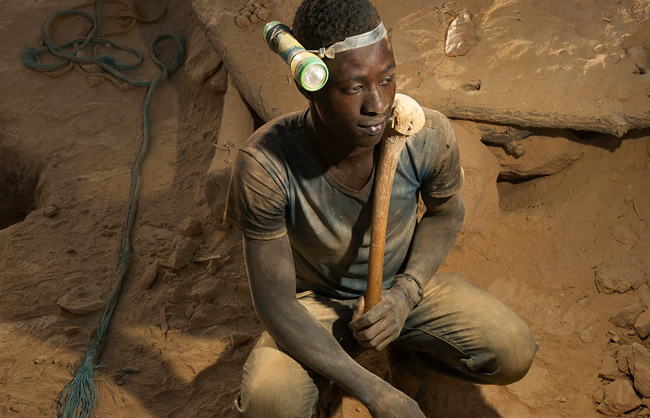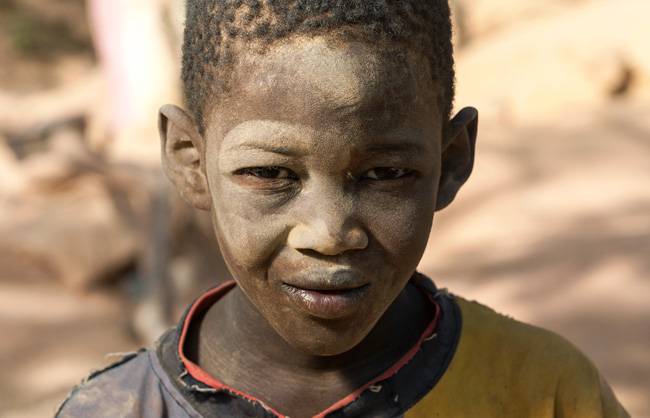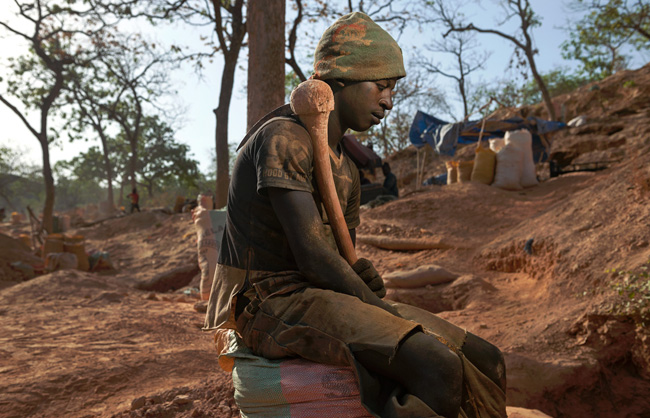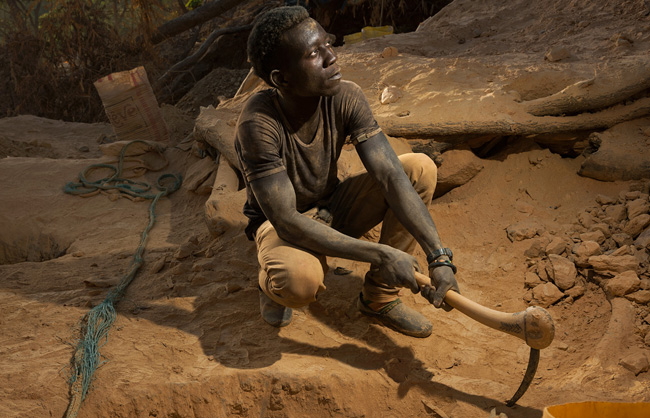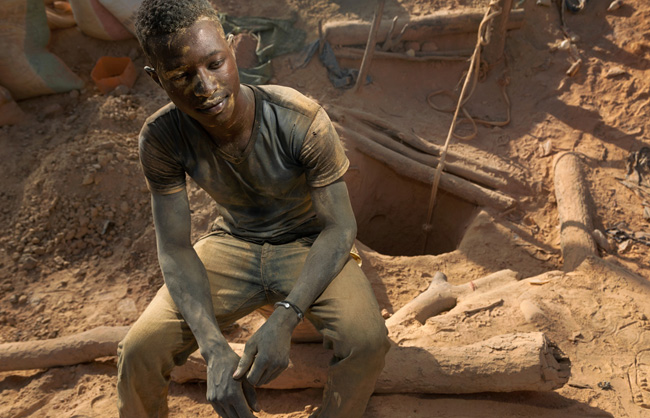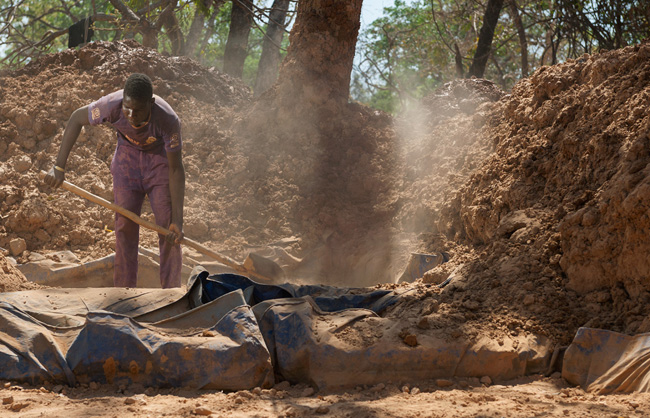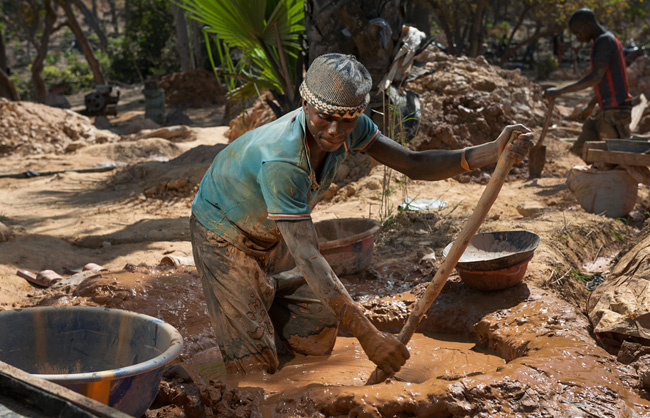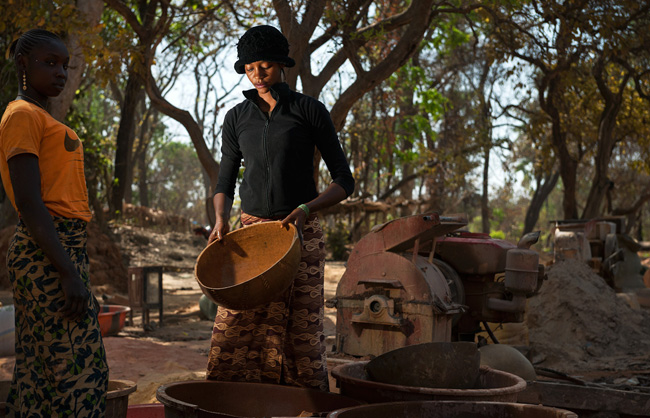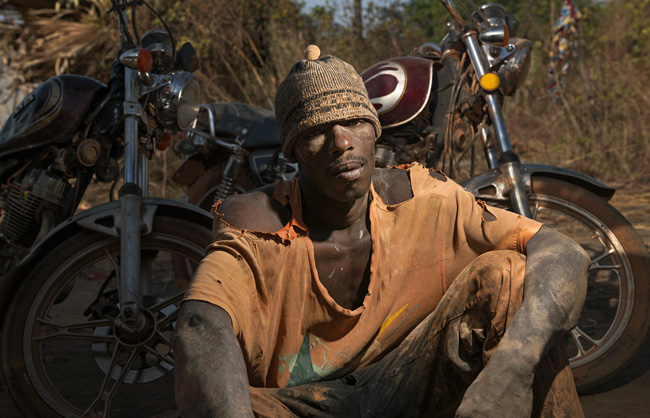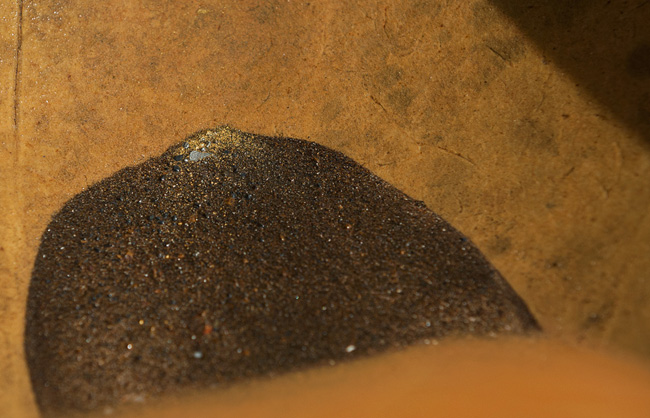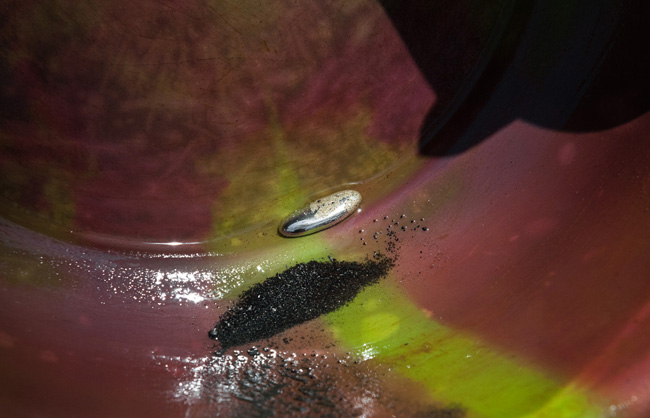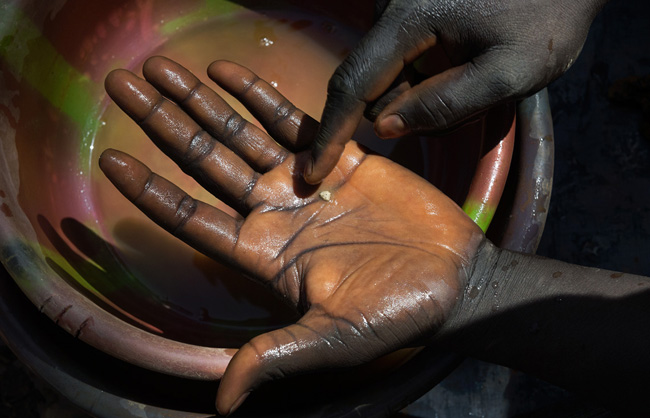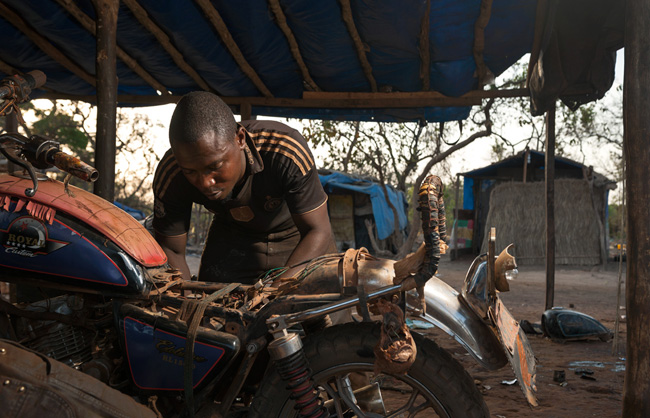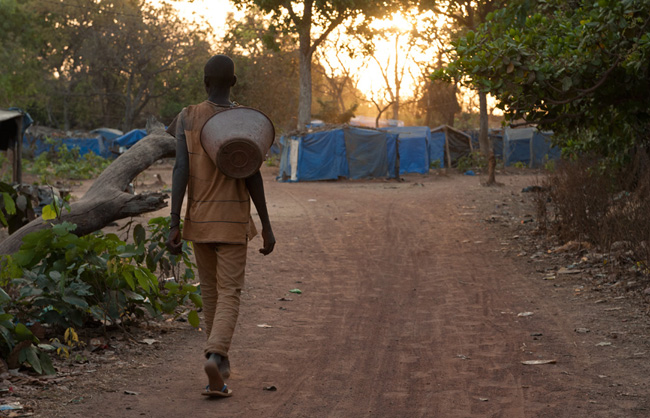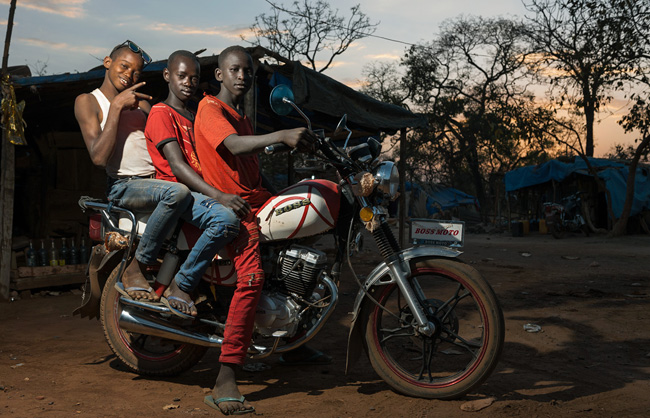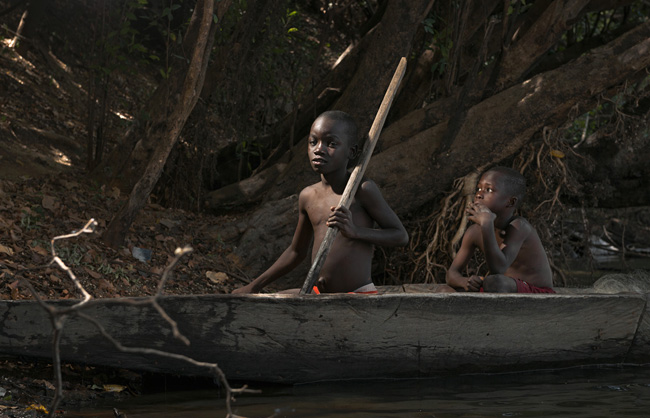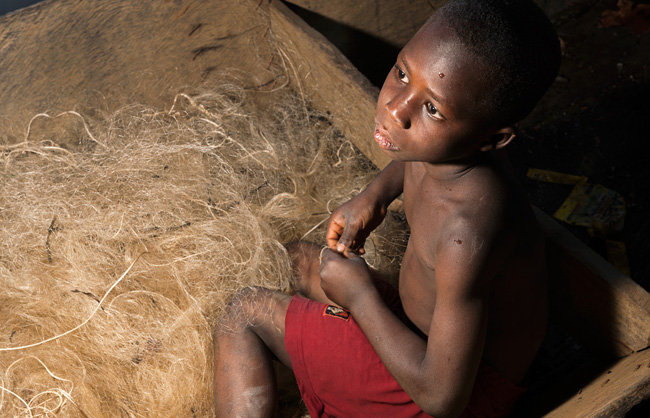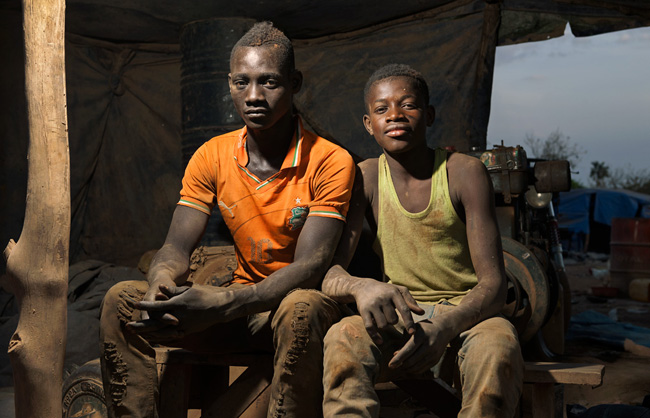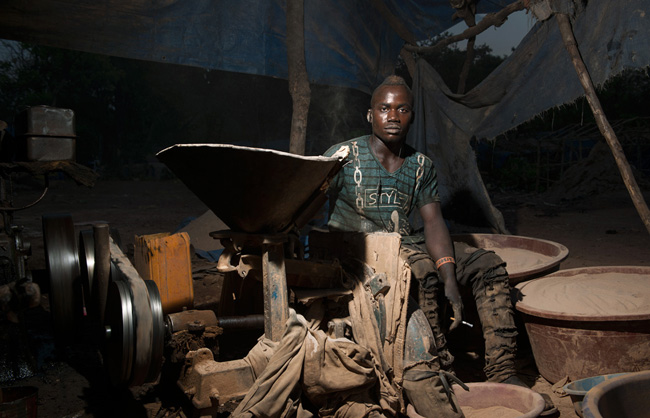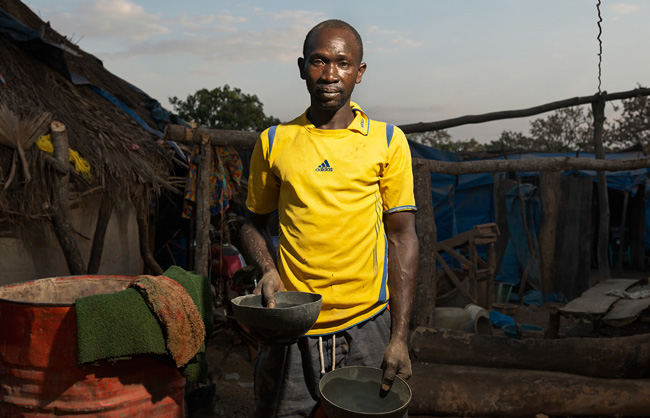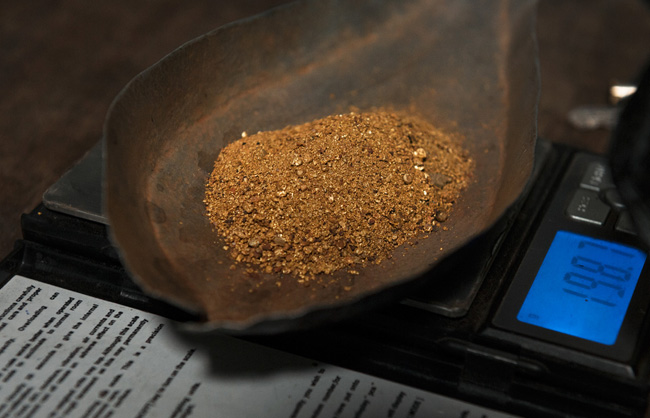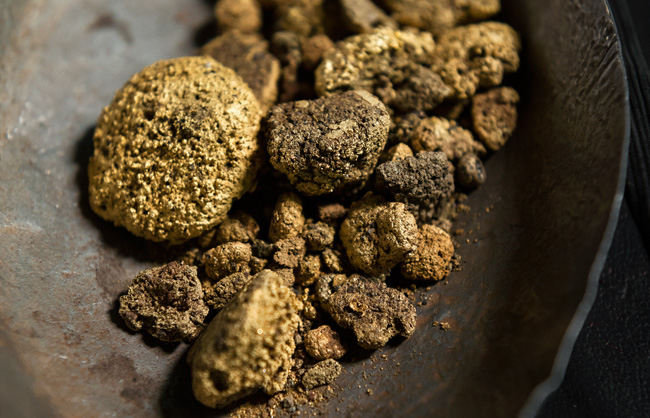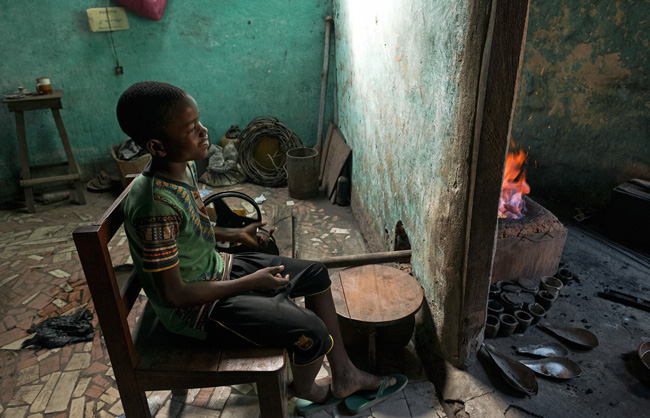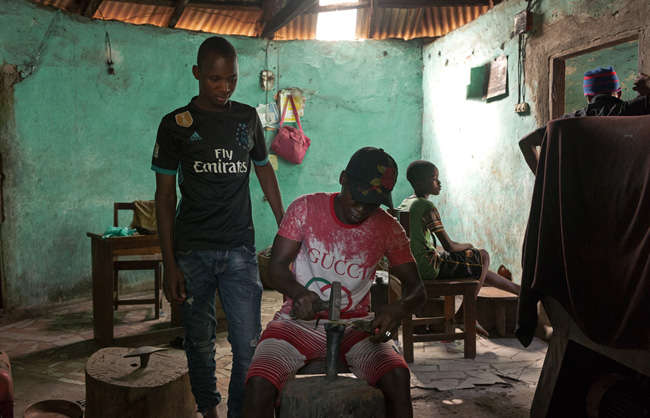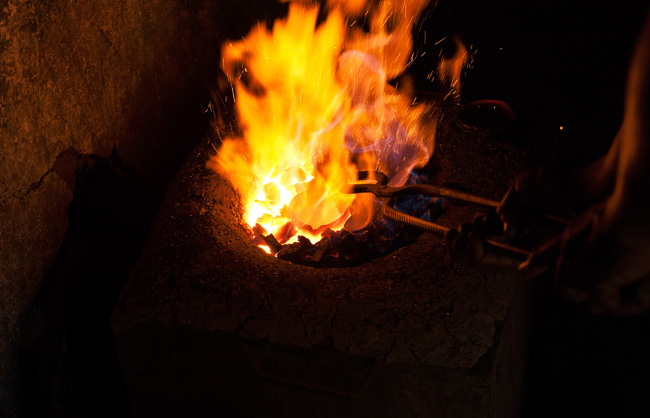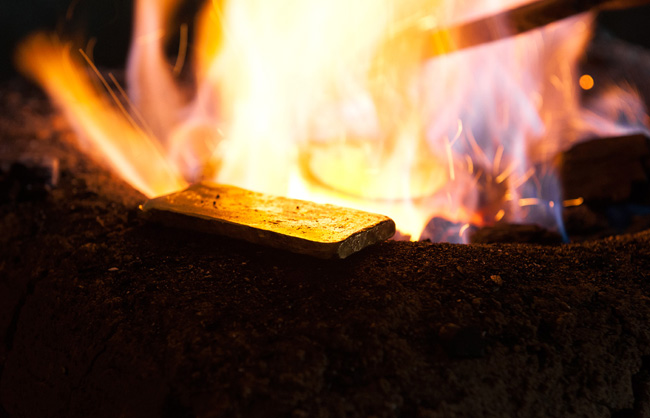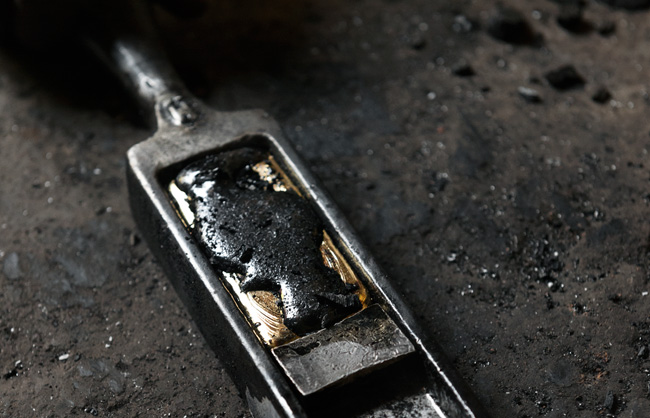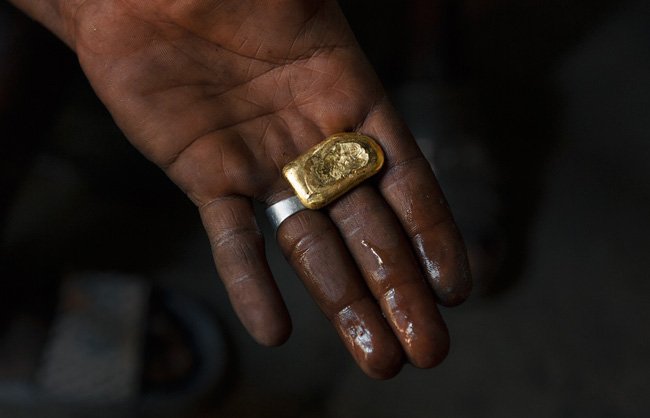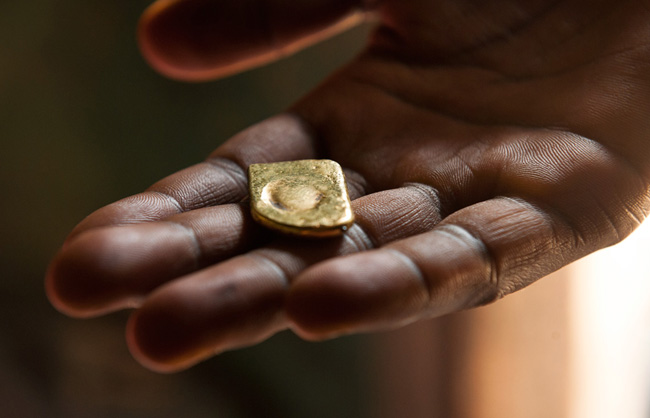Guinea
Guinean Gold Rush
Guinean Gold Rush
Where: Guinea
When: 2018
Under a blazing sun, in the small village of Batambaye in Guinea's Siguiri district, some 700km northeast of the capital city Conakry, thousands of gold miners inundate the earth to find the famous gold nugget and escape the misery.
Gold mining is not new to this area and stretches back over a millennium. The gold panning is an ancestral activity already practiced since the first Mandingo empires from the 11th to the 14th century.
But today, with the global financial collapse of 2008 and the high international price of gold, small-scale artisanal mines have intensified all over the region and have pushed hundreds of thousands of people of all ages into gold mines, both from all over Guinea and all neighbouring countries such as Mali, Liberia, Sierra Leone, Burkina Faso.
Known as the "land of gold", the area between Labé and Siguiri is well known to sits atop a vast reserve of precious minerals. It attracts not only traditional gold miners anymore, but also many women, children, entire families in fact, who hope to strike it rich.
This quest for Eldorado has transformed hundreds of small villages, such Batambaye, from a sleepy isolated farming village into a kind of huge migrant camp where a whole informal economy has been developed around gold mining. Every form of commerce exists all over these remote villages so the miners can spend their newly earned cash. From shops selling basic necessities to bars and restaurants. Black-smiths and motorcycle workshops, petrol and mercury shops, phone charging or metal detector renting services.
In Batambaye, Thousands of people attracted by the gold fever came to settle beside the original village, where around 500 inhabitants were formerly living. Entire families, from near and far, live there in shelters made of wood and tarpaulin. Most of them stay a couple of years with the hope of finding the gold nugget that will change their lives. Some of them - the lucky ones who have generates profits from gold - settle for good and build huts.
There are some little tangible benefits of this massive exodus for all these small villages. They can now access to electricity with generators, build new wells and renovate some buildings or infrastructures. But the majority of these profits are unfortunately not spent on public goods such as health care, sustainable agricultural production or education. Contrary, the gold rush led to more corruption and mismanagement. In fact, a majority of local officials take advantage of the miners’ work by collecting illegal fees and taxes.
While this form of mining could be seen as a new possibly more equitable and decentralised form of wealth accumulation, in fact, it is a risky economically unsustainable endeavour that is crippling the small-scale agriculture, is bad for the environment and is conducive to health risks.
This new labour exodus has important implications on food production as well mainly because farmers abandon traditional agriculture in order to join the gold rush. Many families from rural areas are facing a labour constraint since there is not anymore people to work on the farms. The massive exodus impacts also children because their parents prefer to see them going to mines rather than to school. In fact, the gold panning boom has led to an increase of child labour in artisanal mines.
As if all of this was not enough, the artisanal mining is not at all that risk-free.
Although the introduction of new technologies such as metal detectors and crushers made artisanal miners more efficient, they are unfortunately not less in danger.
Miners dig a one square meter large hole that goes as deep as 25 to 80 meters inside the ground and landslides, as well as other accidents, are frequent.
They are willing to accept that risk and go deep into the earth everyday animated by the hope of a discovery that could change their lives.
Permanently enveloped in temperatures of 40 degrees, miners are cloaked in a heavy blanket of dust from morning to evening. One by one, they go into the shaft for many hours without drinking or eating. They take turns throughout the whole day. Inside the shaft, the air is thick and heavy which makes difficult to breathe. Most of the miners are just working barefoot. They use only rudimentary tools such as a cheap flashlight tied to the head with an elastic tattered band and a small pickaxe so-called “Soulikoudouni”.
Once they extract approximately 200 kg of stones and gravel, this raw material is transported to another area so-called the “Laundromat”. Over there, the rocks and the gravel are pounded and the gold is extracted.
After being crushed, the sand is then washed to bring out the golden powder.
At this stage, the gold has to be separated from the rest. For this process, mercury is used as it glues the metallic particles. When gold is fixed on mercury, then the mixture is burned and only gold remains. The mercury that is used is highly concentrated and very toxic. It is a poison that is being handled by bare hand without any protections. As a result, many miners are mercury poisoning.
Not far from this scene, traders are waiting to buy the daily extracted gold from the miners. After purchasing a significant amount, they sell it to the wholesalers who will melt all those gold at a dedicated workshop and transform it into ingot which, in turn, will be sell to the Guinean National Bank or foreign investors.
The environmental and health consequences of artisanal gold mining are not insignificant for the whole region. For instance, the Batambaye’s main mine site is a small hill that is full of deep well-like holes reminding of an anthill. Large tracks of land all over the region are digging up which render unusable for pasture, farming or forestry.
Certain stretches of the Niger River and its tributaries such as the Tikinsso river alongside Batambaye, where villagers fish and bath, have also been greatly disturbed and polluted by the artisanal mining activities.
The daily-used mercury is released directly to the soil and make is way down into the groundwater.
The pollutants contaminate fauna and the flora as well as the water of the wells from which people are drinking on a daily basis.
The mercury is a persistent product that remains for years in the soil. It poisons people slowly but contaminates water and land immediately.
Finally, the level of disease connected with overpopulation, hygienic and social conditions such as tuberculosis, silicosis and HIV is also known to be a major problem in this area.
While small-scale artisanal mining is legal in Guinea, the government of this resource-rich country where most of the people live in poverty has been unable so far to control and manage this activity to ensure safe and good exploitation conditions and generate inclusive prosperity.

